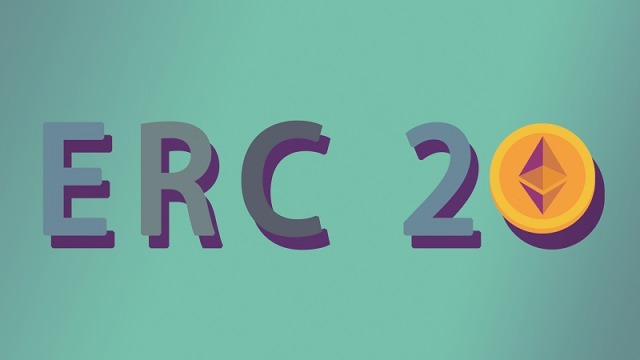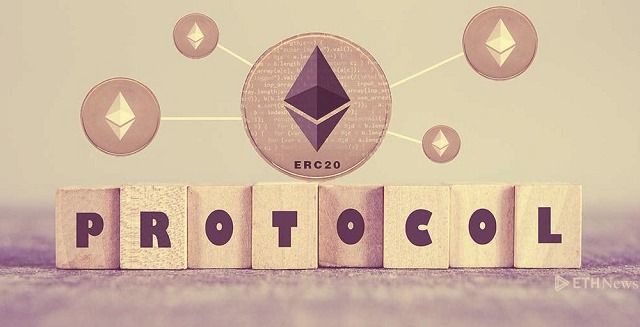Today, Ethereum platform is a key network in the global system of cryptocurrencies. With its help, you can introduce different additional networks for the realisation of the most revolutionary projects. About a year after the release of Ethereum (2014), the programmer Vitalik Buterin presented the first token, consistent with all standards of that ‘money substitute’ in the crypto industry. Subsequently, that token transformed into ERC-20 standard.
Universality of ERC-20 standard
ERC-20 tokens regulate a number of rules on the platform Ethereum, which should be followed by all tokens on this blockchain. This option allows you to predict how tokens will function. ERC-20 standard optimises the involvement of tokens in new projects and ensures interchain compatibility between applications. Due to this standard, the developers of wallets, crypto exchanges and other projects can easily implement their most incredible ideas in other ecosystem projects.
To date, over 66 thousand different token names have been launched on the Ethereum blockchain. Practically all large-scale projects in the Ethereum system today have compatibility with the ERC-20 standard.
Main functions
In the Ethereum ecosystem, smart contracts are able to recognize and process a list of the six main functions of the ERC-20 standard. Basic functionality is laid in the methods of transferring tokens, information about them, etc. In addition, ERC-20 standard distributes two different signals, used by each token; other tokens react to them. This option allows the smart contract to send request messages, while other smart contracts will respond to these signals. The list of signals and functions determines that different types of tokens will behave in the same way throughout the ecosystem space of Ethereum.
ERC-20 is very different from the ether, whose rules are strictly marked in the protocol of Ethereum. Ether can be sold and purchased as a cryptocurrency, the functionality of the Ethereum blockchain is mainly built on it. When transferring tokens to each other, the transaction fee is paid in ethers.
Use of tokens
Actually, ERC-20 are smart contracts on the Ethereum platform. In this, tokens may have the form of digital assets. Creators are free to choose how their product will interact with other users, tokens and projects.
The application of tokens is extensive. It is necessary to highlight some areas:
- Own cryptocurrency for applications.
A huge number of decentralized applications use their own tokens for circulation within the community. Such user interaction enhances the credibility of the platform and effectively influences the development of the projects. A good example of such interaction is GNT of the Golem network. These tokens are used to transfer data between the customers and the suppliers of IT resources. - Possibility of voting.
Holders of tokens can influence the development vector of the project by voting. Such functionality is popular and successfully implemented, for example, on the basis of cryptocurrency District0x. - Tokenized assets.
Sometimes users transform their tangible assets into a ‘digit’, the standard transfer of which is associated with many problems. These are precious metals, real estate, and other property. - Stacking.
Stacking means a mechanism of cryptocurrency attracting during its storage in the wallet. This method of obtaining coins is implemented in many projects.
The use of ERC-20 is not limited to these fields. If you have an idea that needs to be implemented with the help of such tokens, and for this you need qualified developers of smart contracts and tokens, you should know that Polygant specialises in it.


 Telegram
Telegram 
